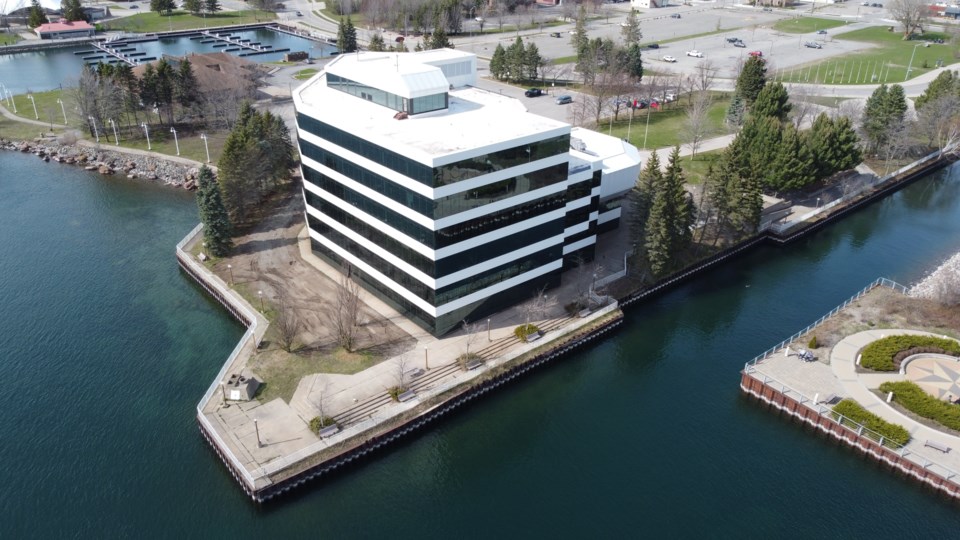Despite 41 energy efficiency retrofit projects launched by our city government since 2019, greenhouse gas emissions from municipal sources are going up, not down.
"We are not on track to meeting our corporate GHG [greenhouse gas] emissions reductions target, which was approved by council as 10 per cent by 2030," Emily Cormier, the city's sustainability co-ordinator, warned at Monday's city council meeting.
In a 96-page report, Cormier revealed that emissions from city-owned sources have risen approximately 10 per cent from 2017 to 2022.
Last year, the city's GHG emissions totalled 11,364 tonnes of carbon dioxide equivalent.
That's comparable to 16 million litres of gasoline, or annual energy use of 8,852 homes.
Cormier was reporting only on GHG emissions from city facilities and operations.
Her report presented on Monday does not include emissions from heavy industry and non-municipal vehicles.
The city's GHG reduction plan, approved in December 2020, called for a 10 per cent cut in municipal emissions and a five per cent reduction for the overall community, both by 2030.
The city has also committed to a net zero reduction (carbon neutrality) by 2050.
"Emissions trends indicate a steady increase of emissions up to 2018 and then declined slightly in 2019, followed by a visible decline during the COVID-19 lockdown years (2020 and 2021) and are back up in 2022," Cormier reported.
Cormier says most of the city's emissions come from municipal vehicles and equipment.
"Organizational commitment to reducing fuel consumption (gasoline and diesel) as well as greening fleet and equipment (e.g. electrification) are essential to bringing these numbers down," she says.
According to Cormier, the city's second biggest source of emissions (36 per cent) originates from buildings.
The culprit there, she says, is natural gas consumption.
"A concentrated effort to reduce natural gas use is essential to bringing these numbers down," Cormier tells SooToday.
The rise in local building emissions is partly attributable to new corporate assets including the downtown plaza and the twin-pad arena expansion, Cormier said.
"A more united and aggressive corporate financial commitment, and effort from all departments and council, will be required to meet our corporate emission reduction targets, as well as contribute to our community emission targets," she told Mayor Matthew Shoemaker and councillors.
"From 2017 to 2021, heating and cooling degree day analysis clearly indicates that Sault Ste. Marie winters are getting milder and shorter, and summers are getting longer and hotter, as a result of climate change."
"Our goals are modest ones," said Ward 5 Coun. Corey Gardi.
"We are not on track to meet them. It needs to be front of mind, not back of mind, for this council and future councils to ensure that we're doing our part," Gardi said.
Cormier's report will be submitted to the United Nations Cities Race to Zero Pledge, as agreed by city council in November 2021.
